What is Still-life photography?
Still-life is a form of photography in which it depicts inanimate objects or subject matters.
History of Still-life Photography
Still-life photography was recognised in the 19th century and rapidly became popular in Europe. Artists created compositions which from first glance looked simple however has complex meaning. Paintings depicted burnt candles, human skulls, dying flowers, fruits and vegetables, broken chalices, jewellery, crowns, watches, mirrors, bottles, glasses, vases all in which are symbolic to death, power, beauty and health.
Inventors changed with the times when the daguerreotype was created by Louis Daguerre in 1839. Shortly after in the mid 1800s Charles Aubry formed a company to manufacture plaster casts and make photographs of plants and flowers. By the 20th century, Baron Adolf de Meyer used soft-focus lenses and painterly darkroom techniques to make photographs that resembled drawings and prints.
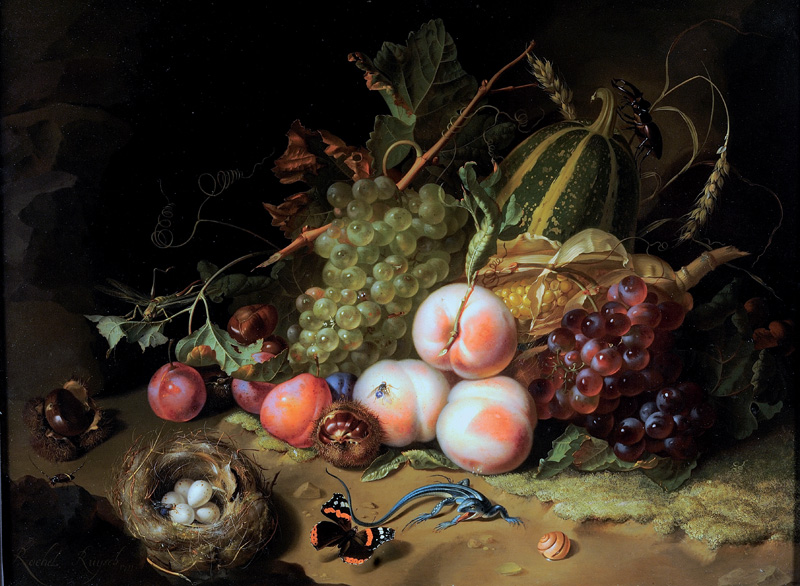
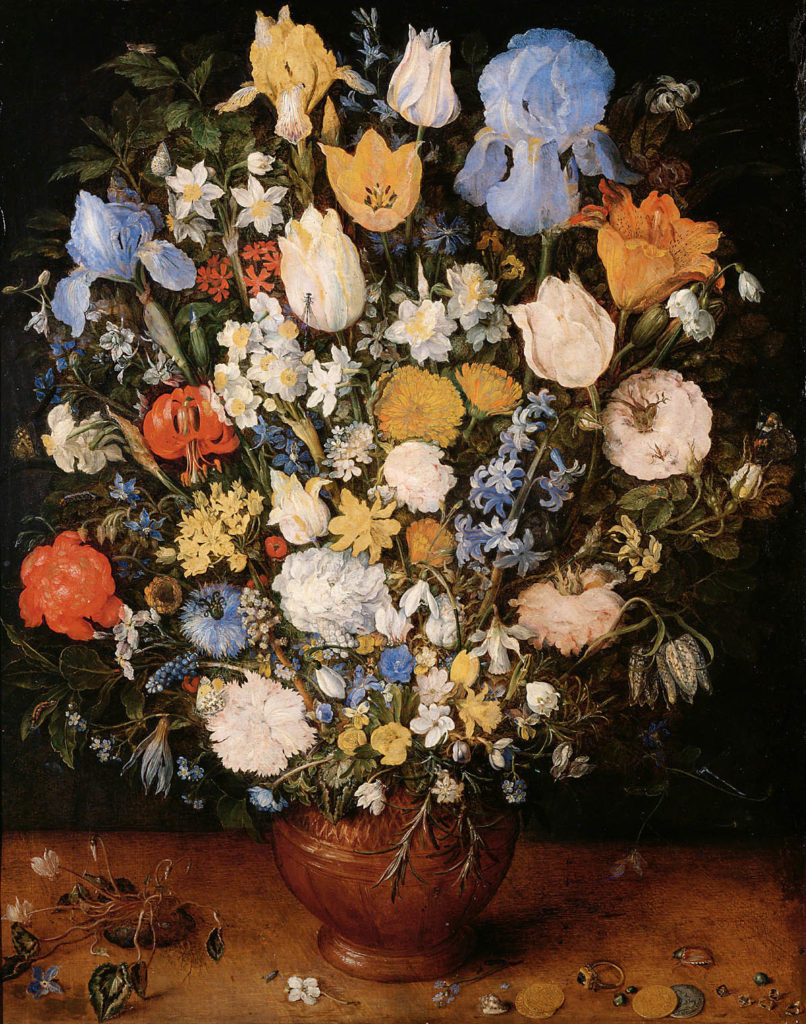
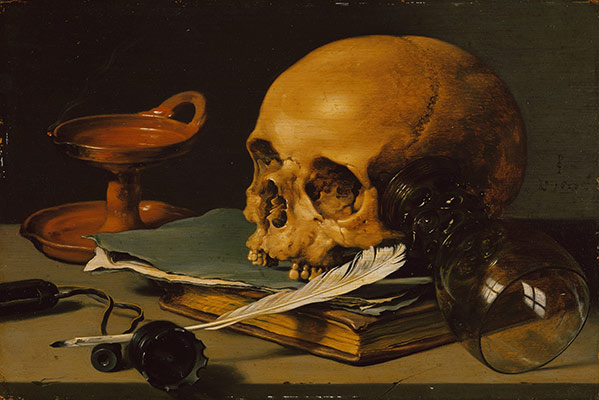
Olivia Parker
https://www.oliviaparker.com/still-life-2001-2008
https://www.oliviaparker.com/still-and-not-so-still-life
https://www.oliviaparker.com/copy-of-essay-books-3
There is an underlying theme through arrangement of objects with implies a meaning.
Death is a common theme demonstrated through still-life
By adding layers to a painting or in photography also can communicate a socio-political point in which the painter or photographer is trying to raise. By adding layers the image or painting is mimicked adding more context which can result in being unethical but this method is used as a powerful way of communicating to the audience.

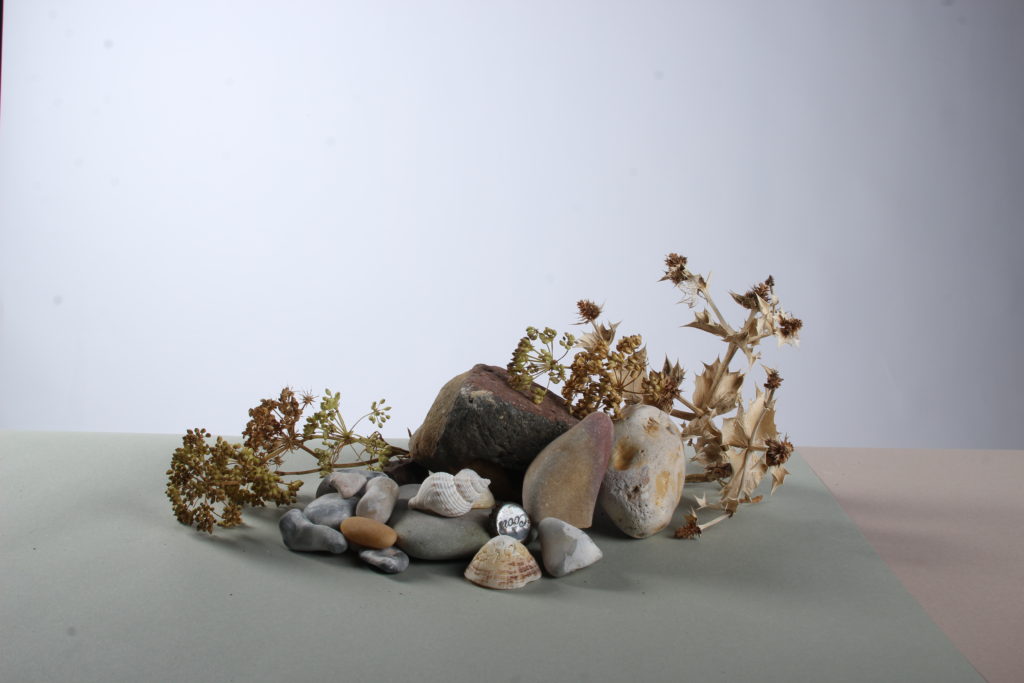
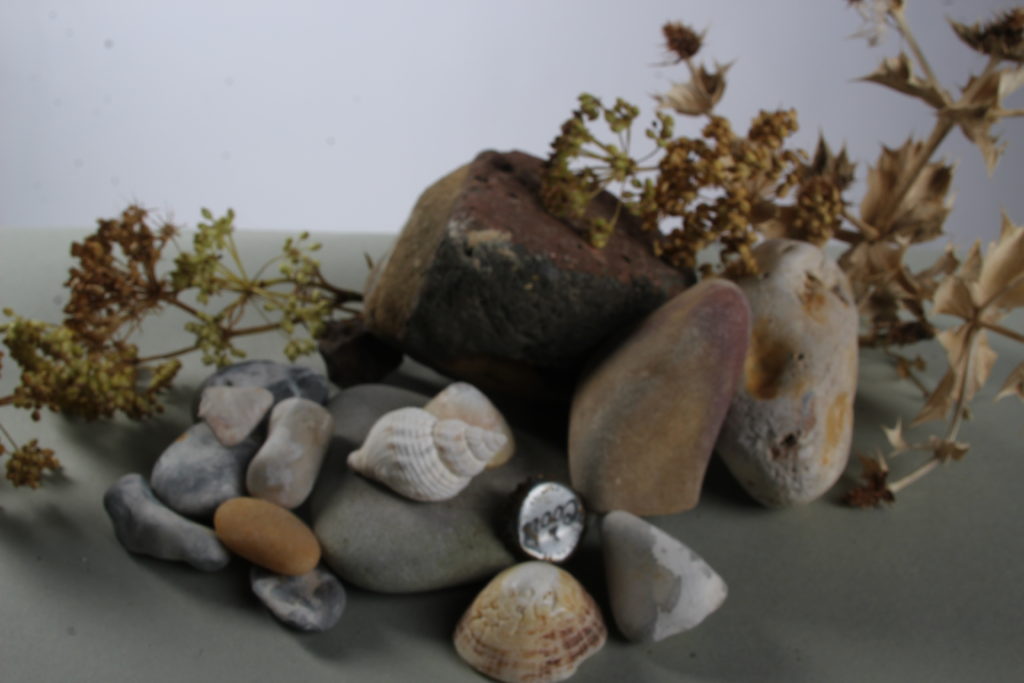



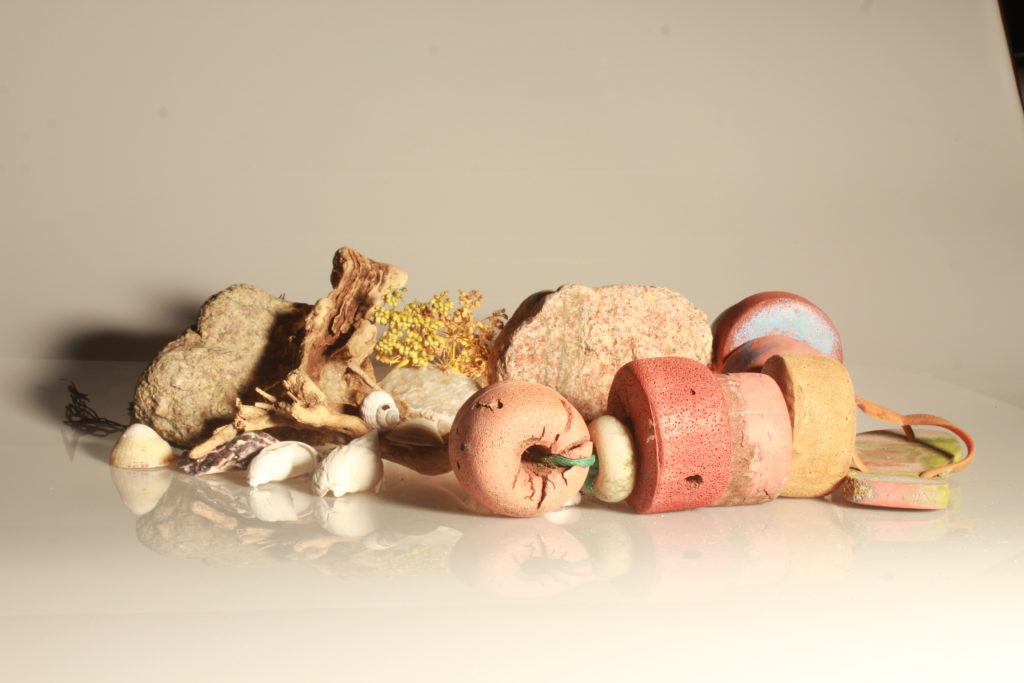

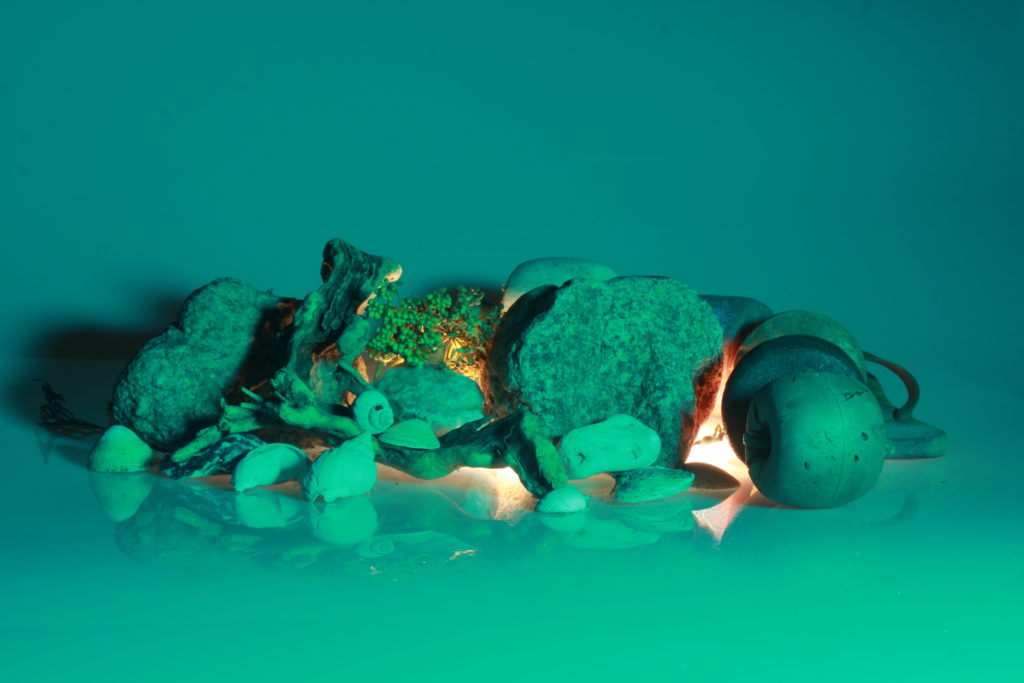
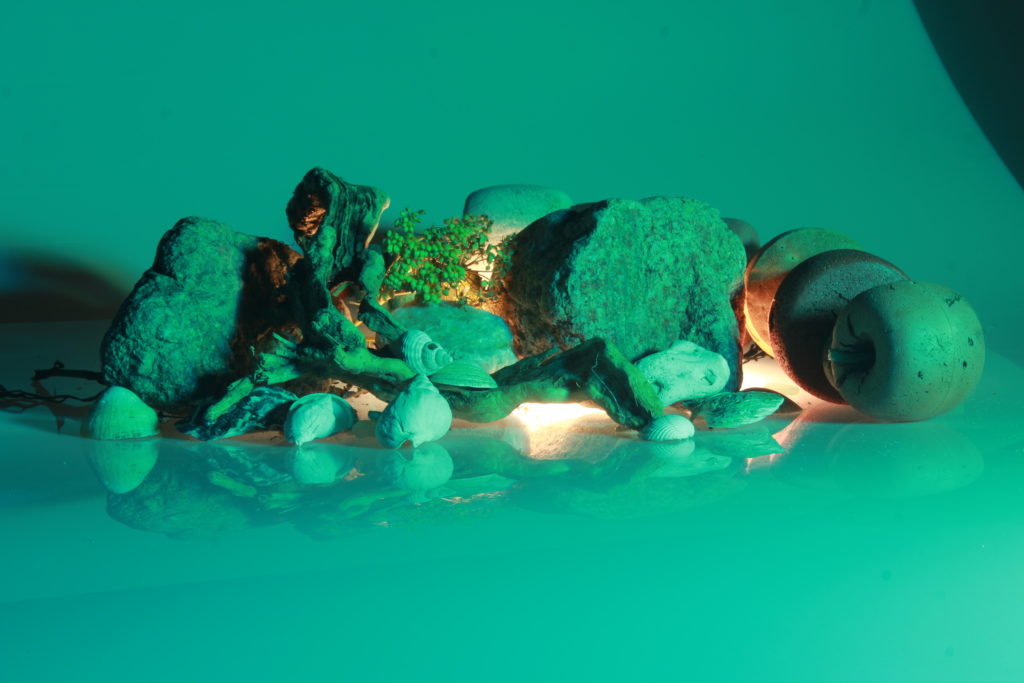
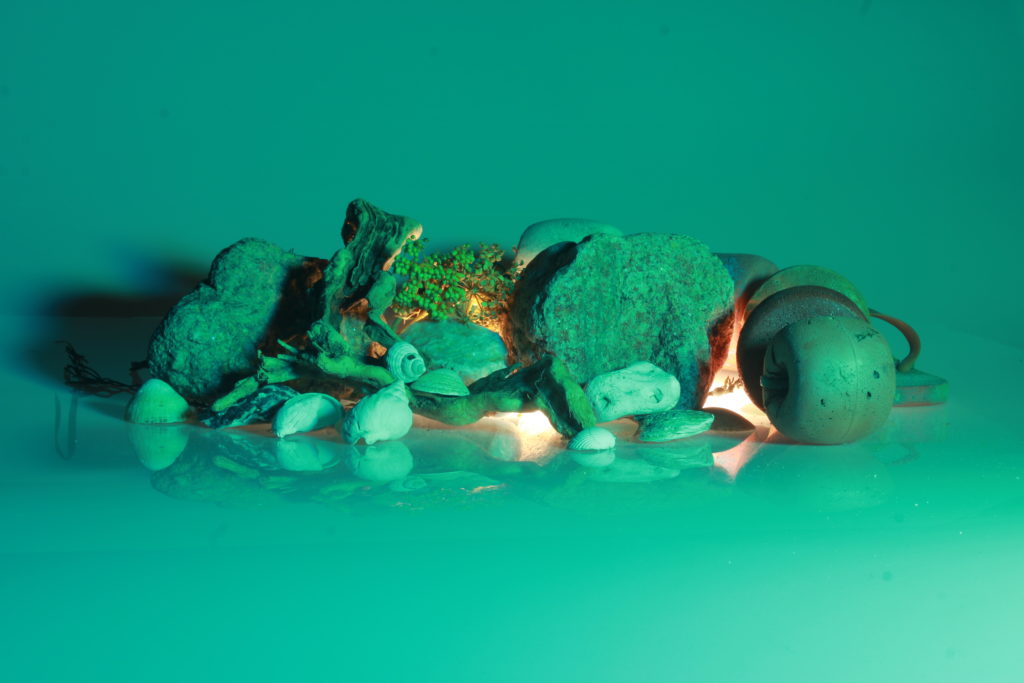


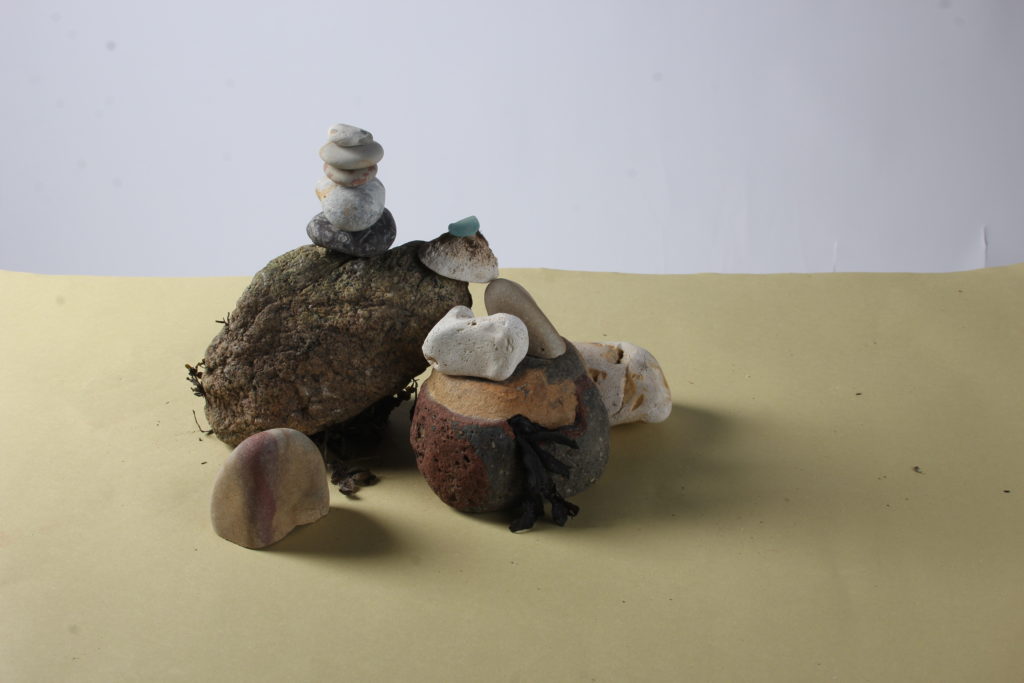


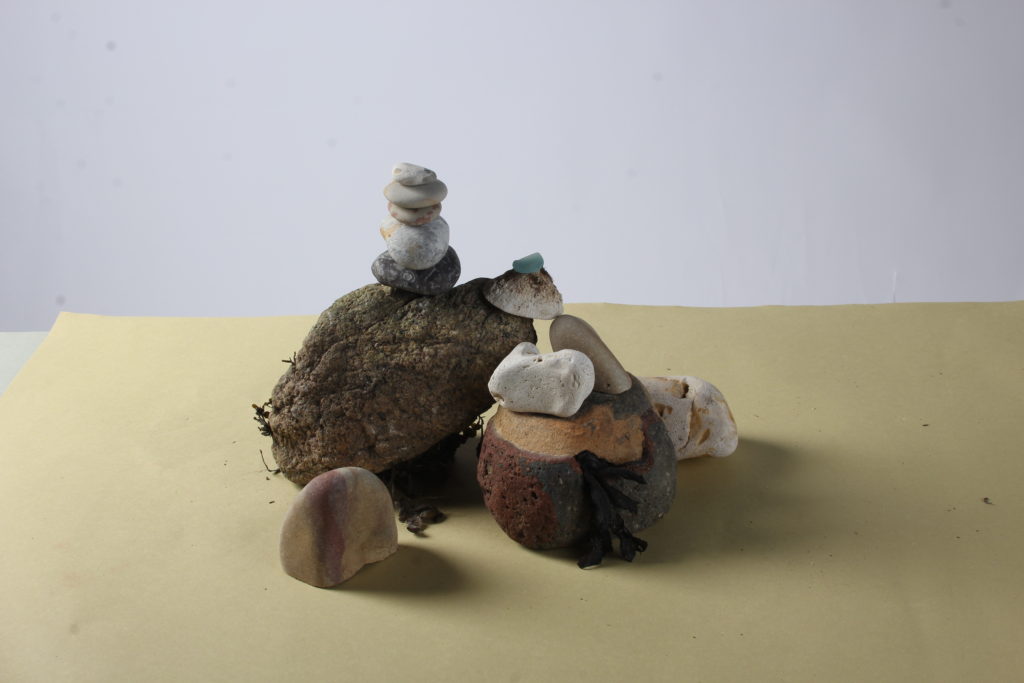







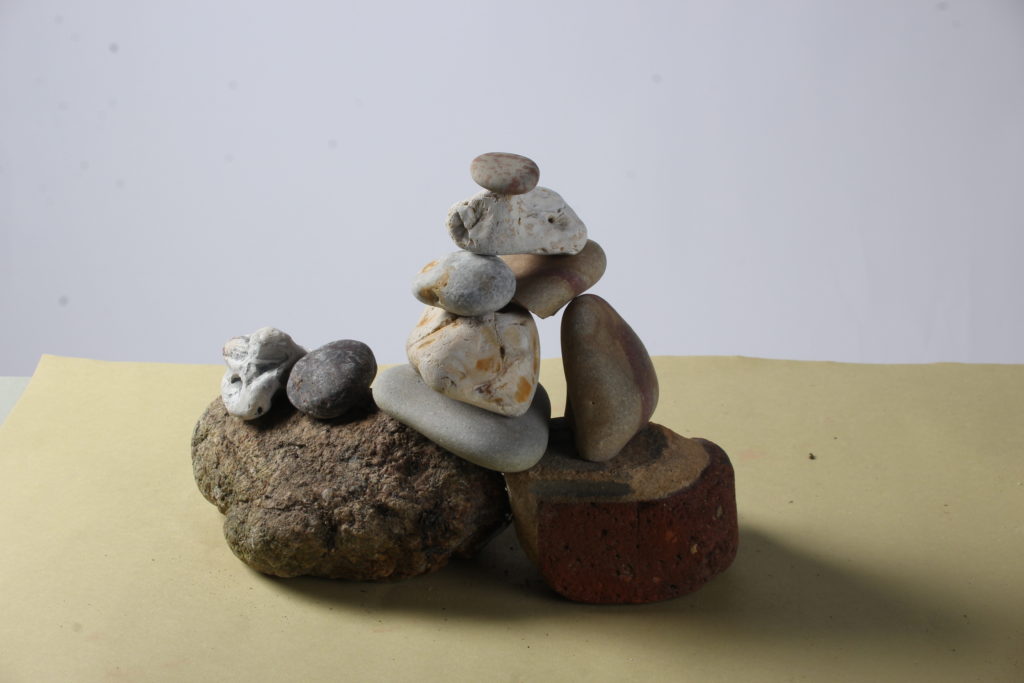
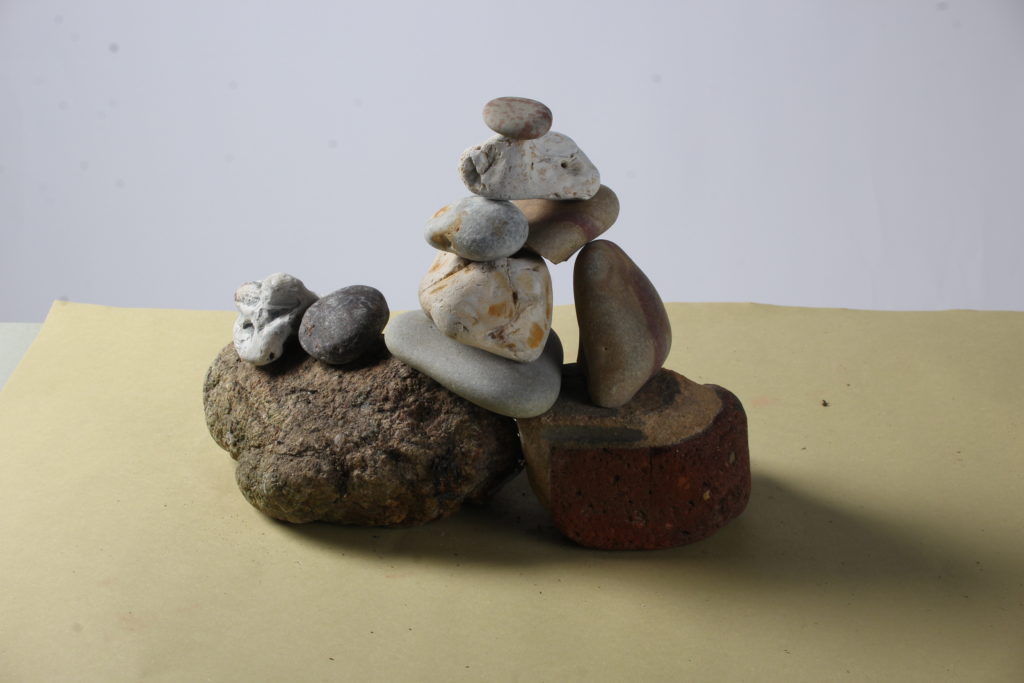


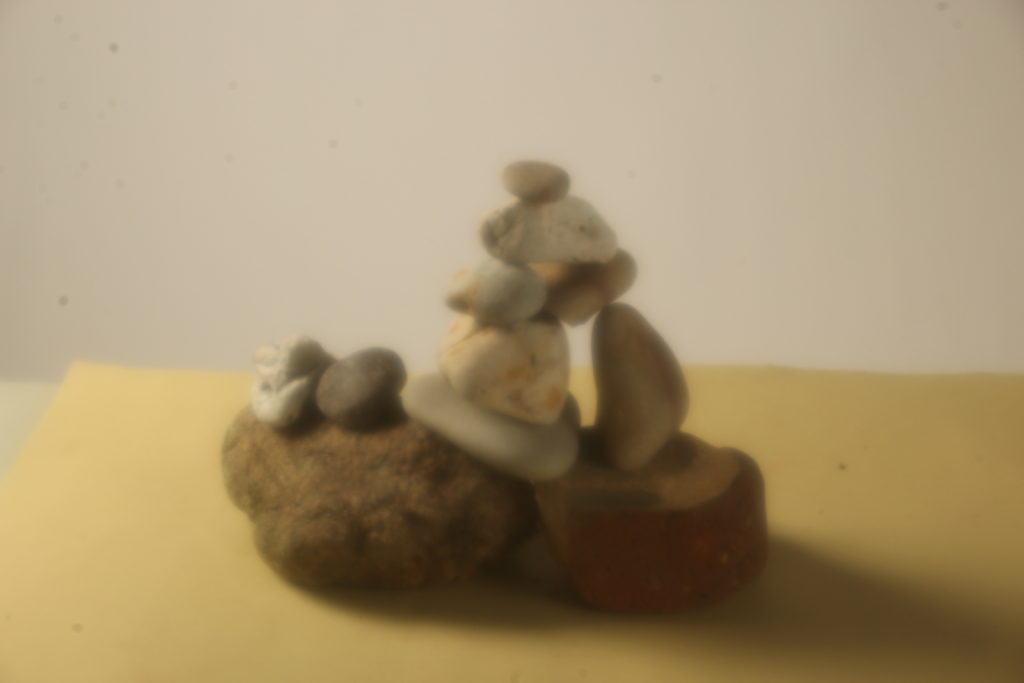


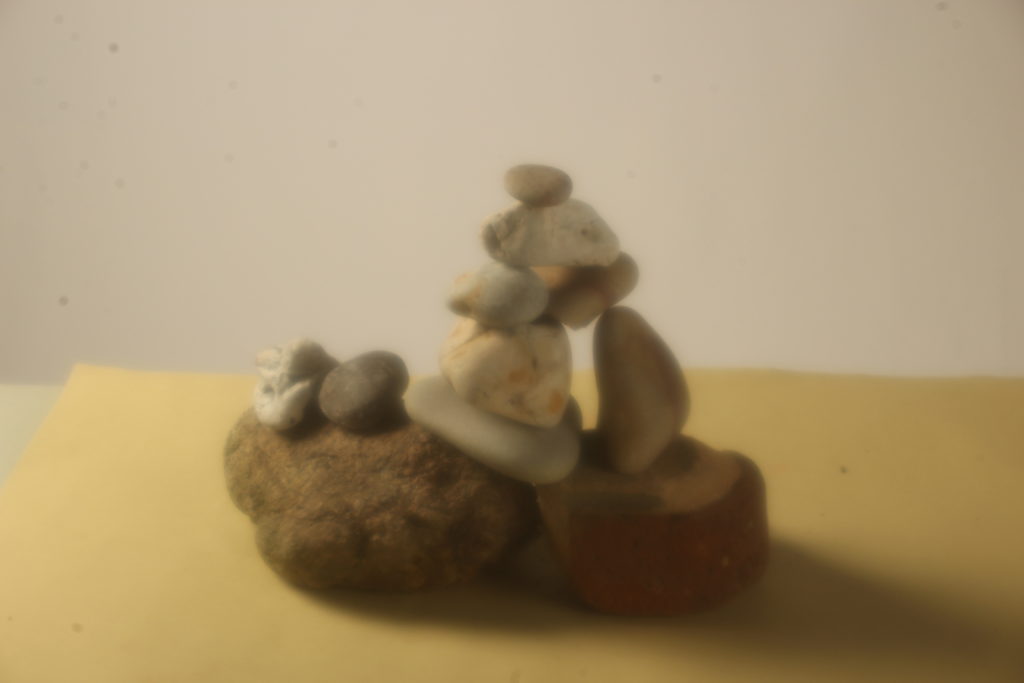



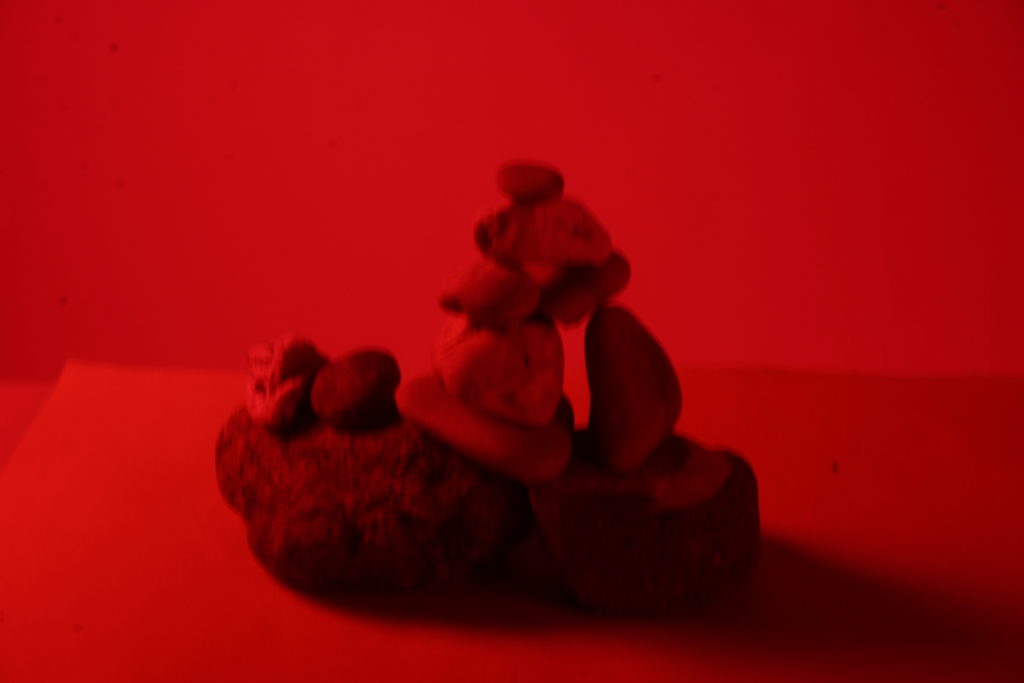
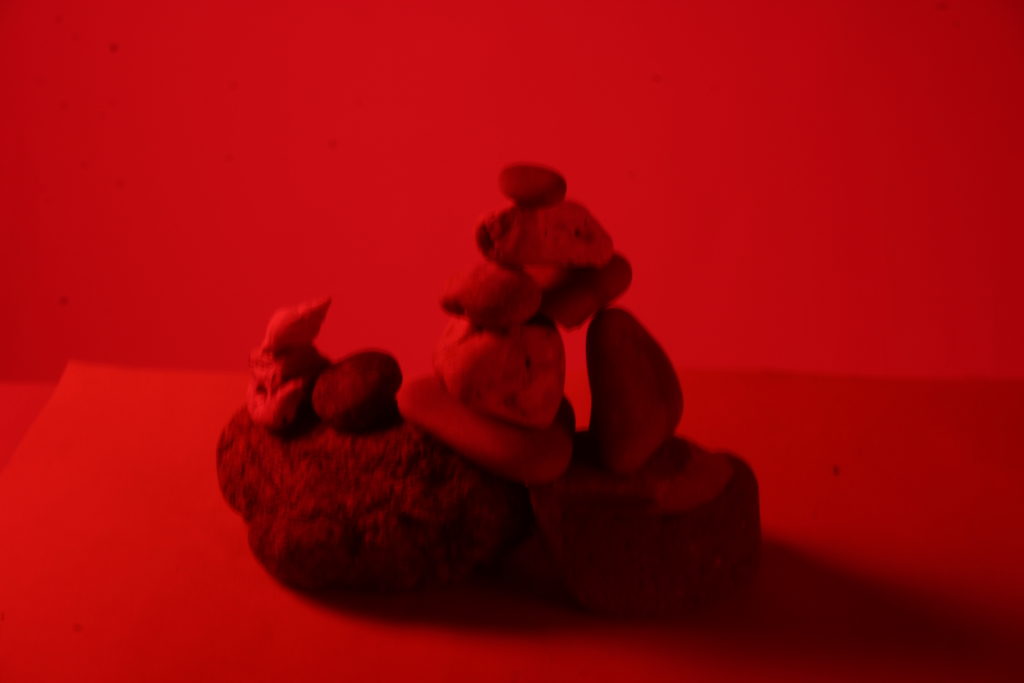
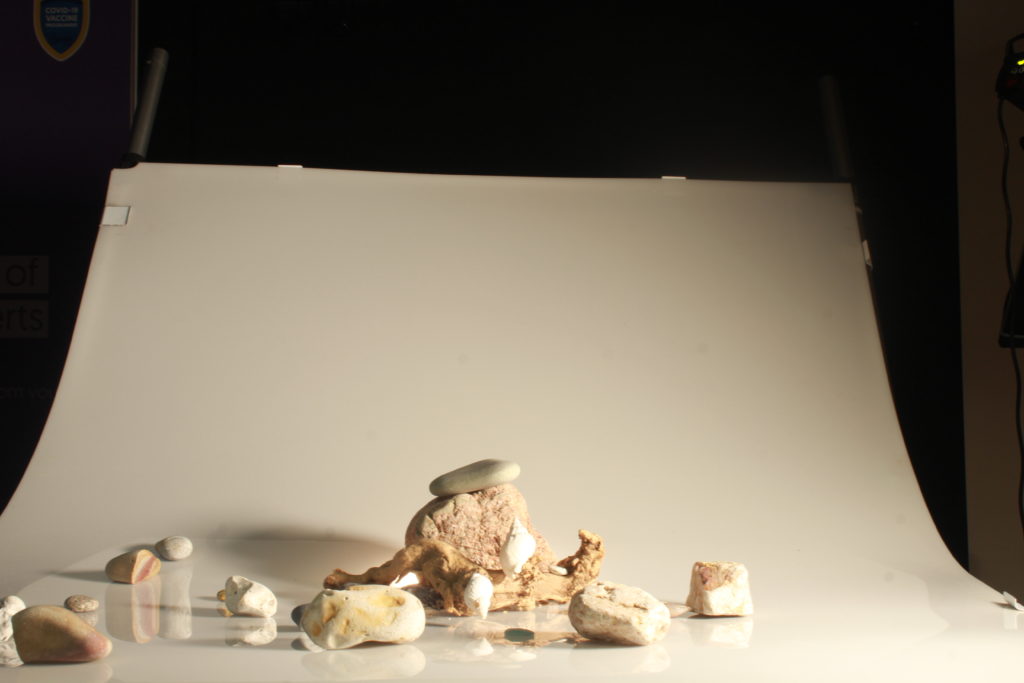
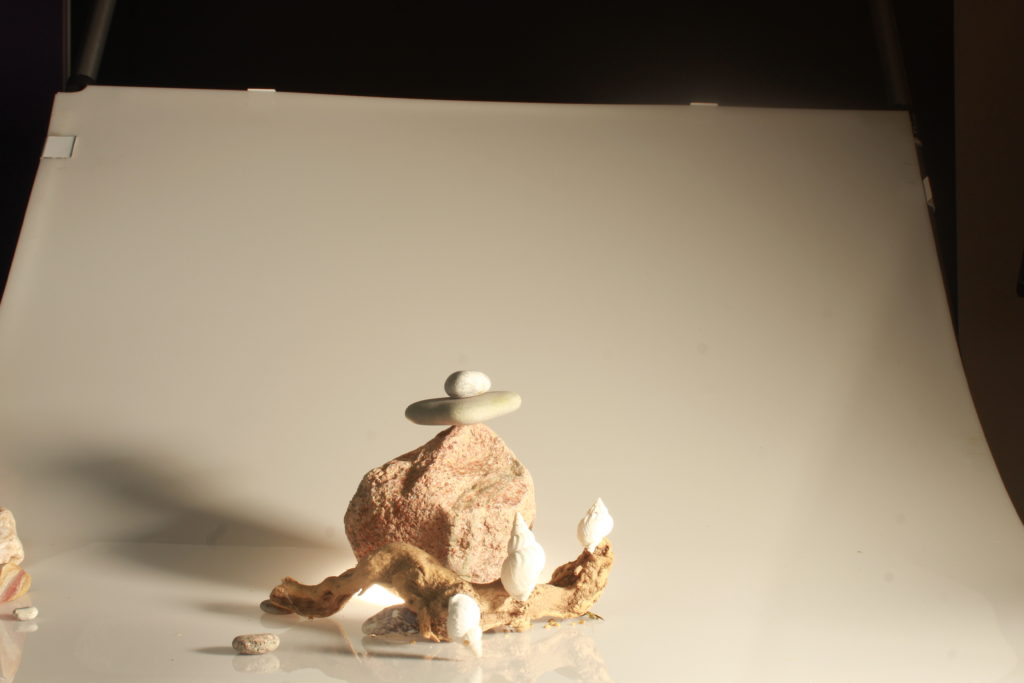






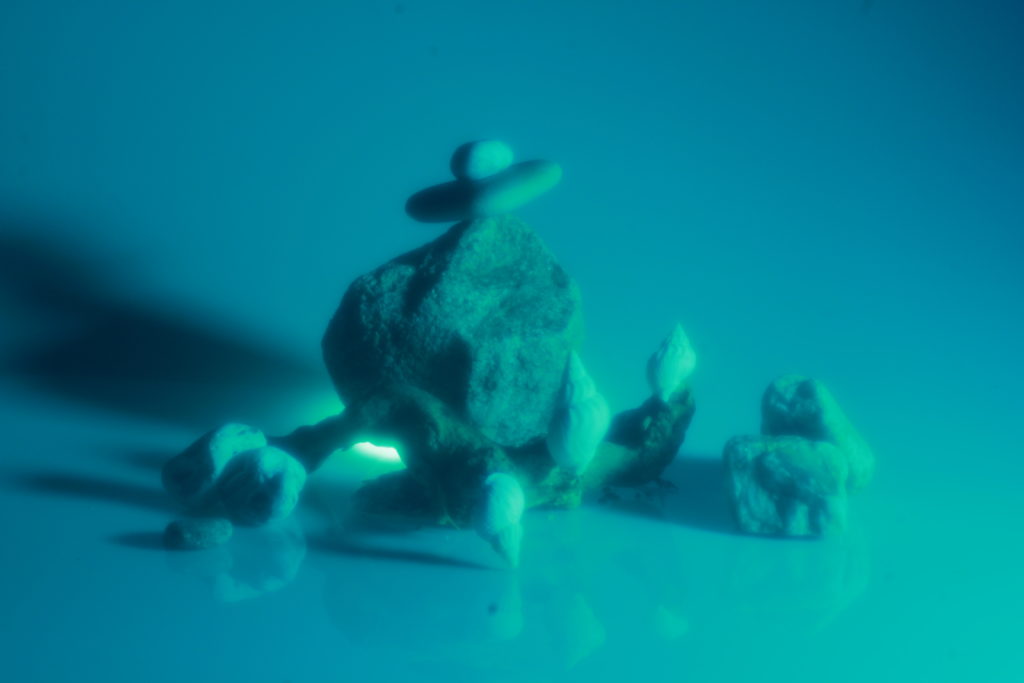
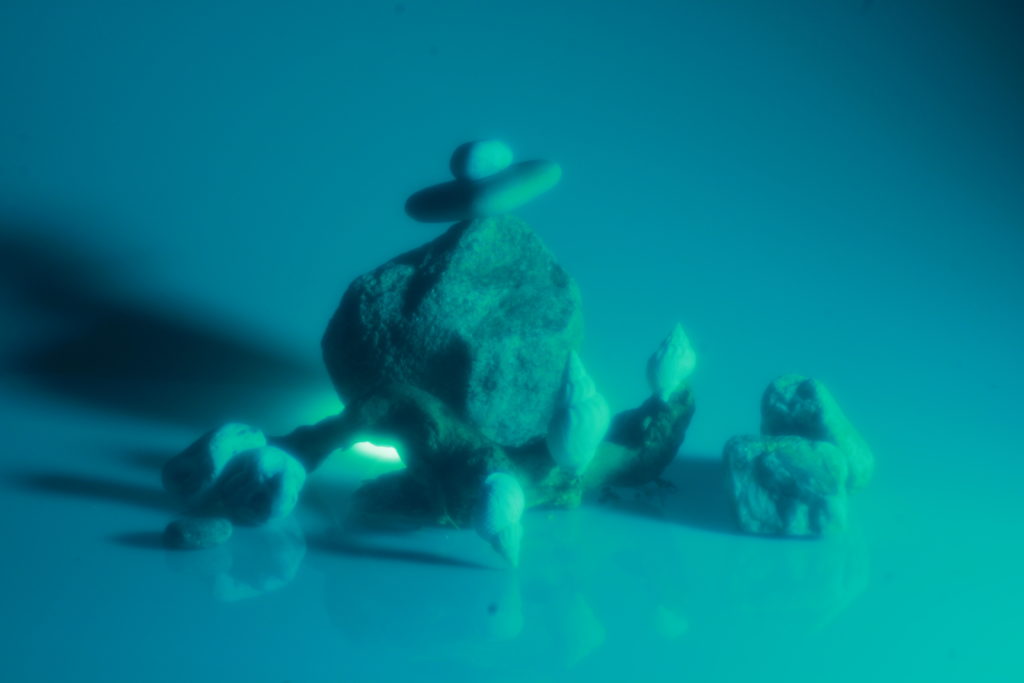



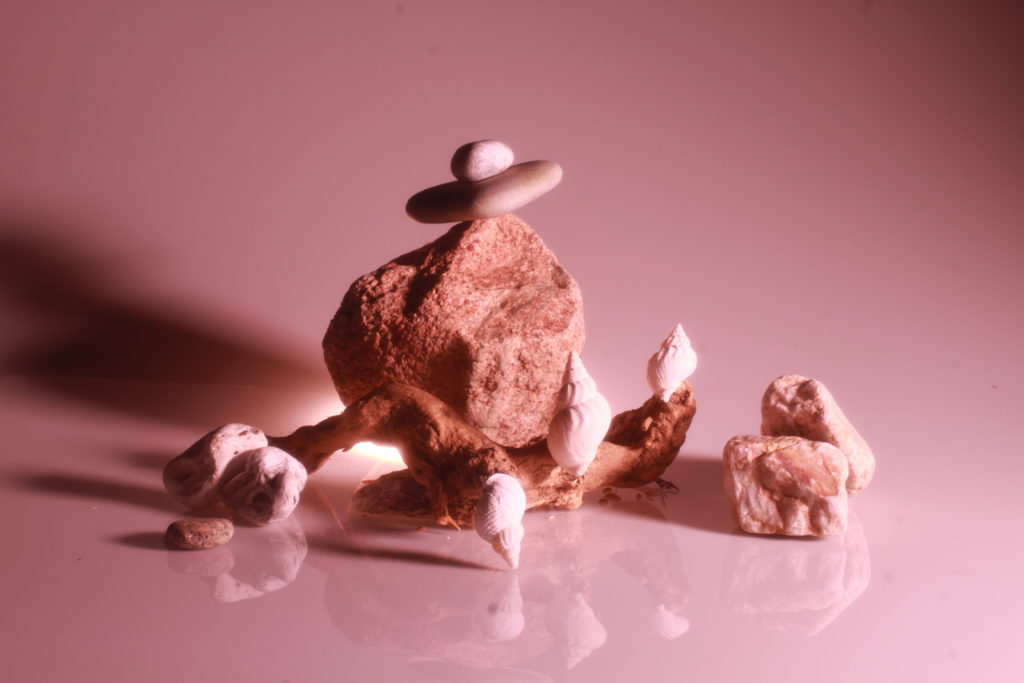
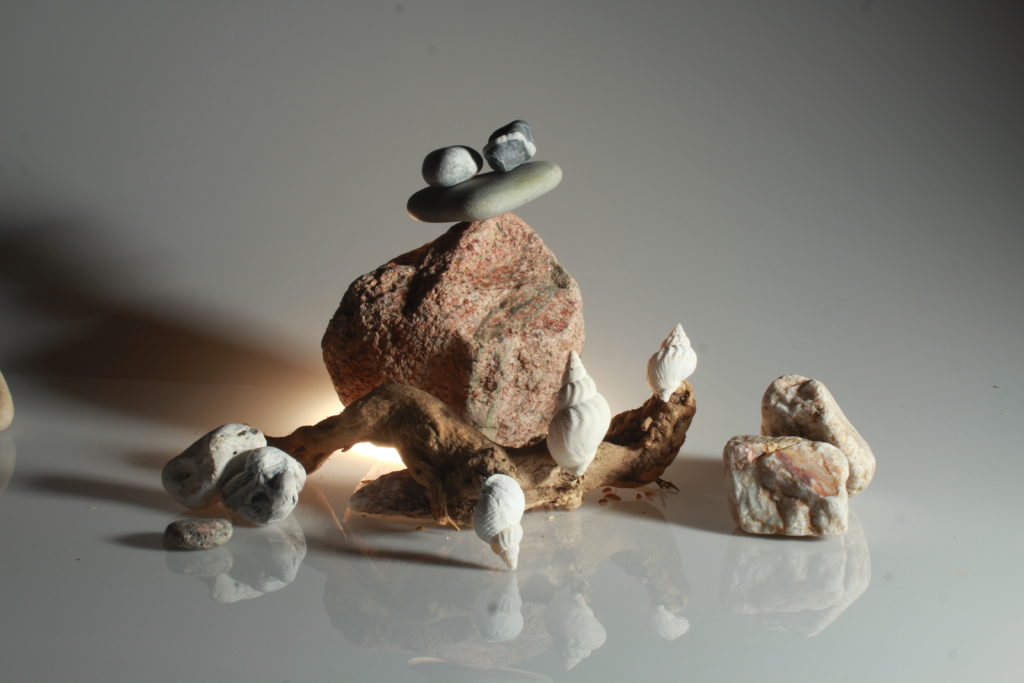


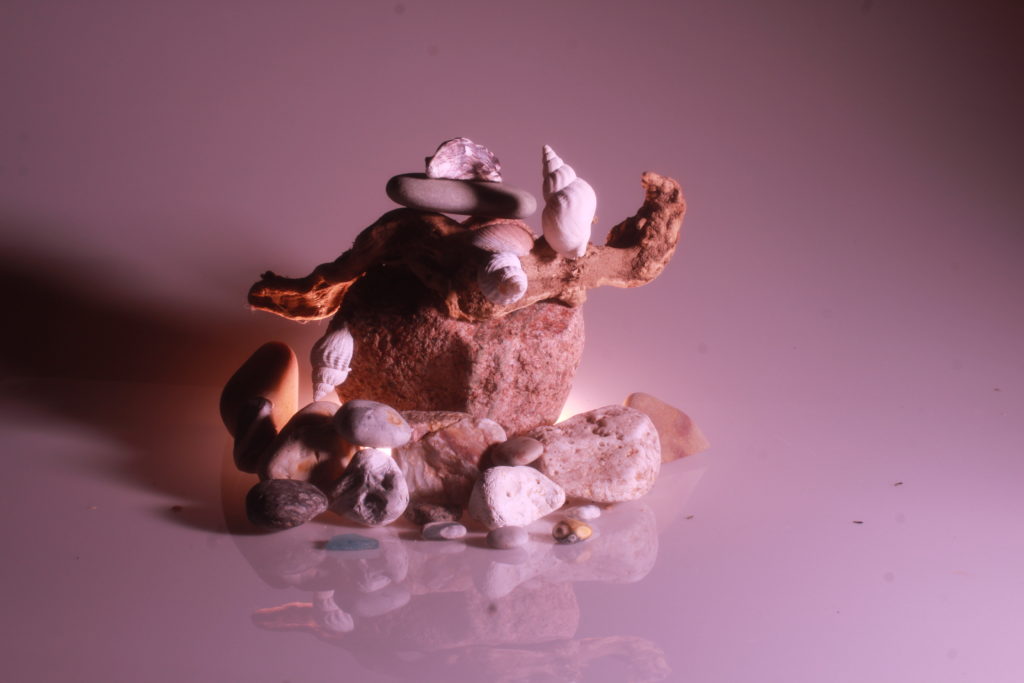





Some good still-life images!
Cassie, make sure that you don’t fall too much behind work. We need to see blogposts 3D photo-sculpture; artists inspirations, process/ experimentation and final outcome with an evaluation.